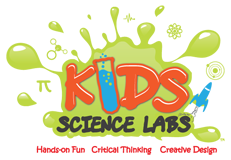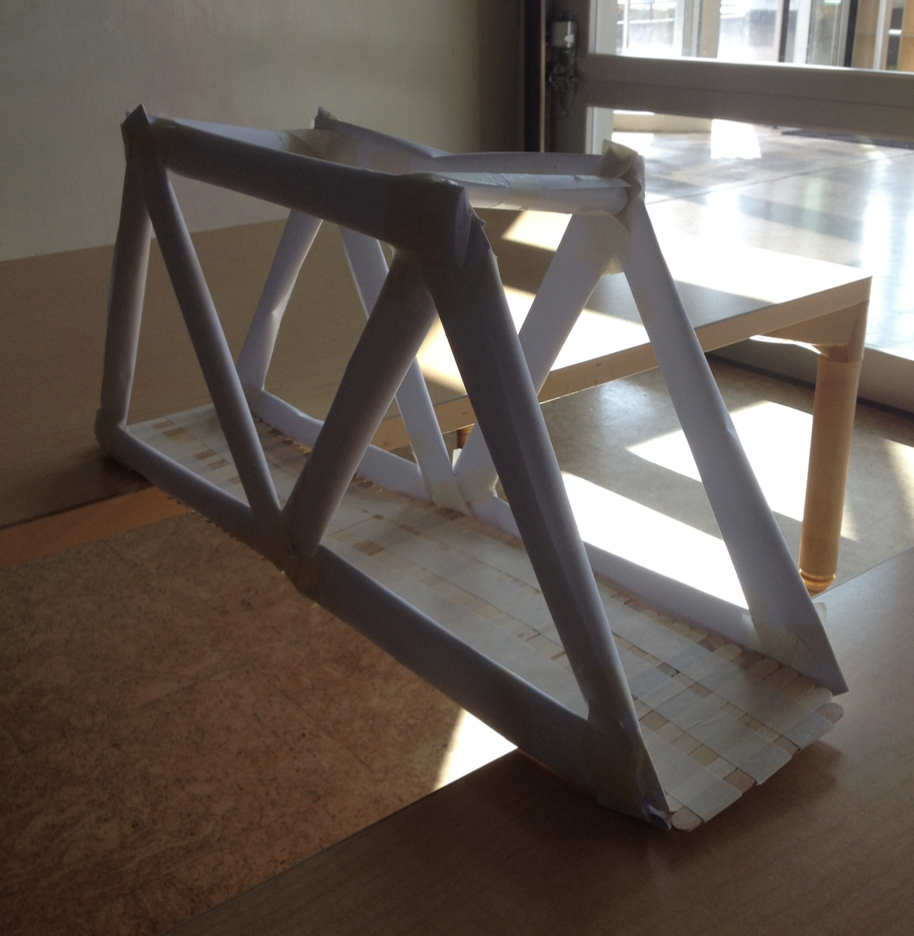4 Black Scientists, Inventors, and Researchers that changed America
On this Dr. Martin Luther King Jr National Holiday, we want to spend the time providing some perspective for kids, who might be at home tinkering, asking, and expressing their brilliant curiosity, just like these famous scientists, who happened to also be African-American. Those questions that kids are asking, and just the act of Wondering Why, can change the future of the country.
As a company, Kids Science Labs was founded on the belief that Science is a refinement of everyday thinking, and we want to briefly share each of their stories, so kids can learn more about each of their contributions. So let’s take a moment and learn a bit of Black History and Culture in Honor of Dr. Martin Luther King Jr. National Holiday, with a real experiments that you can do at home that relate to the work of these great Americans.
These 4 Black Scientists are sometimes forgotten, but their research changed America
Norbert Rilliuex
https://www.acs.org/education/whatischemistry/landmarks/norbertrillieux.html
Born in 1806 in Louisiana, Norbert Rilliuex was a black inventor and engineer, who is widely credited with one of the most significant inventions in the processing of sugar. His invention set the stage for the processing of sugar as candy, which relies heavily on processes that he invented 200 years ago to improve the efficiency of sugar manufacturing. There are many experiments that we can do with candy at home, from looking at its solubility, comparing sugar content, and even extracting artificial food coloring to help kids have a better conceptual understanding of why they can’t eat candy all day.
—> Science Demo at Home or Experiment at Kids Science Labs - “Skittles Rainbow” - Students will explore the sugar chemistry with skittles, by creating a rainbow infused sugar palette, using water and everyday skittles to create colorful shapes.
1. Buy or acquire 1 small packet of skittles and 1 packet of m & m’s or similar colorful flavored candy.
Try spreading the skittles into a circle on the exterior of a six-inch plate (traditional) or in the shape of your initials. For older students 8+, instead of a plate, place 4 skittles into a glass and fill it with 4oz of water. Ask the kids if the water will change color (it won’t!). Observe and count to 27. Hint: the food coloring is a solid material that is more dense than water and as a result, it drops to the bottom of the cup, just like a rock. It doesn’t color the upper layers of the water in the glass, for the reason that red rocks dont’ change a swimming pool red…but it looks red from the sky!
Compare what happens when you add 2oz of water to the plate, ensuring that it touches all of the skittles, like in the video below. Compare what you see to what happens with a bag of M&M’s.
Candy science is cool and Norbert Rilliuex made it possible 200 years ago.
2. Dr. Walter Lincoln Hawkins
Born in 1911 in Washington DC as the child of a science teacher and lawyer, Dr. Hawkins is regarded as one of the fathers of polymer chemistry, a field he perfected during his 34 years at Bell Laboratories. He received his masters degree in Chemistry from the prestigious Howard University and his PhD in 1938 from McGill University. He was inducted into the National Inventors Hall of Fame in 2010.
For the basic science, a “polymer” is just a large molecule that can be used in plastics, balloons, silly putty, manufacturing, and of course the making of all kinds of slimes. We need polymers today, which are just like a long chain of material that gives it wonderful function, such as stretchy protectants. The best example of a polymer is Elmer’s Glue.
—> Fun Things to Do with Kids at Home with polymers for science - “Instant Snow Polymer” -
Students will investigate what happens when you add water to expansive polymers, namely sodium polyacrylate, which is the absorbent polymer that is used inside babies diapers, jelly marbles, and other hyper absorbent consumer products.
Grab a baby diaper
Open it up with a pair of scissors and pour the contents on a plate. You will see some small flakes that look a bit like granular salt, often mixed it with some paper
Compare the sodium polyacrylate (granules) to salt and ask your child how they are similar and different. Focus on the observation.
Pour some of the sodium polyacrylate into a small 6 inch or 4 inch plate.
Add a few drops of water and watch them absorb 80-200 times their weight in water.
3. Dr. Marie Maynard Daly
https://www.sciencehistory.org/education/scientific-biographies/marie-maynard-daly/
Born in Queens, NY in 1921, Dr. Daly was the first African-American to receive a PhD in Chemistry in the United States, earning her doctorate from Columbia in 1947, after just 3 years. A brilliant chemist, she studied cellular biology and physical chemistry, including chemical reactions like those with acids and corn starch. Dr. Daly taught for two years at the prestigious Howard University in addition to becoming a professor at Queens College and Columbia.
—> Fun Activities with Kids at Home or Cool STEM at Kids Science Labs - “Volcano in a Cup”
Students love seeing chemical reactions so in this basic physical science investigation, kids 3-6yrs old will see what happens when mixing citric acid, baking soda, and water.
4. Emmett Chappelle
Born in 1925 in Phoenix, Mr. Chappelle worked for Stanford University and NASA for fifty years, where he became interested in Bioluminescence as a method of detecting life on other planets. In addition to their benefits to space, his inventions are commonly used in the creation of glow in the dark slimes
—> At Home, You can experiment with Polymer Science, often referred to as Poly Vinyl Alcohol Slime, which can easily be purchased on amazon or other services. Just be sure its a safe combination and if you don’t know, email the experts at stem@kidssciencelabs.com or here
In Chicago, there are so many great activities that offer enriching experiences for families to grow, build, and give something back to our communities. We encourage every family to do what is best for their community on their block, especially in honor of the service of Dr. Martin Luther King Jr. When you are done, or if you can’t make it outside to commemorate this holiday, and you just need a fun activity to do with kids ages 4-10, check out one of these two fun things to do with kids in chicago, compliments of Kids Science Labs.





















